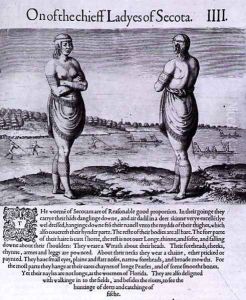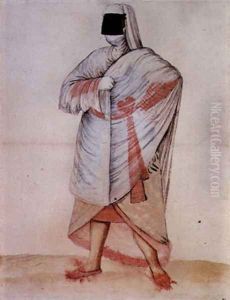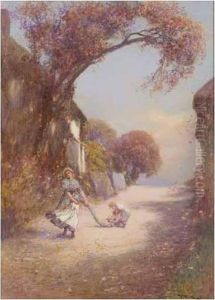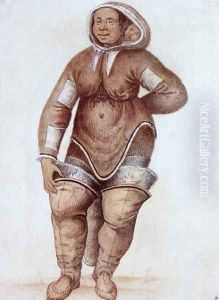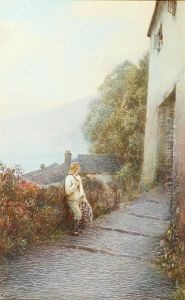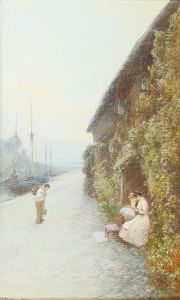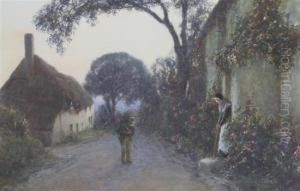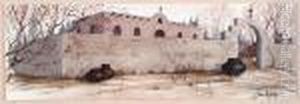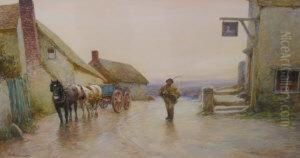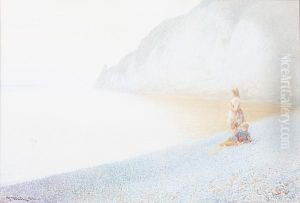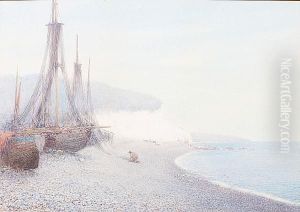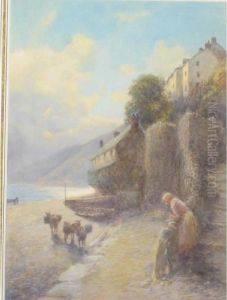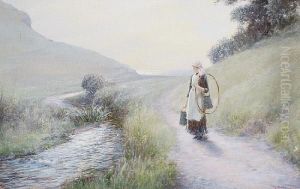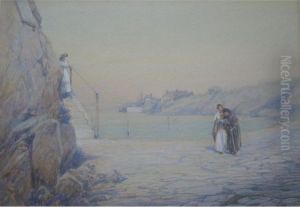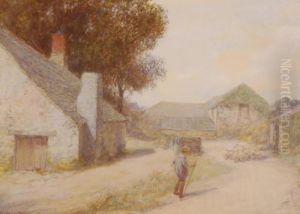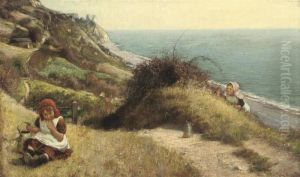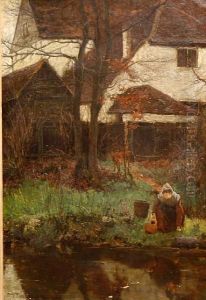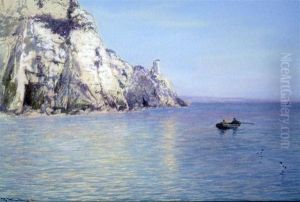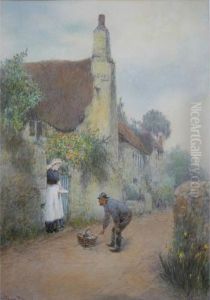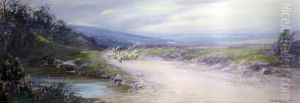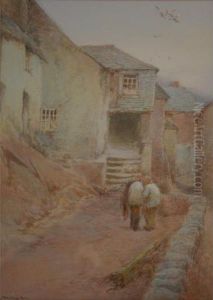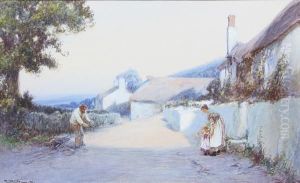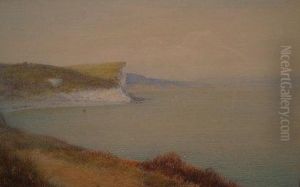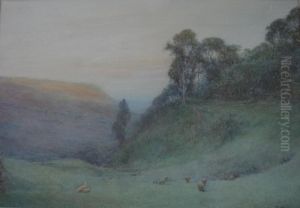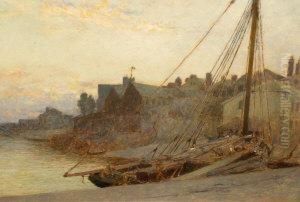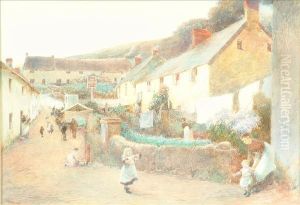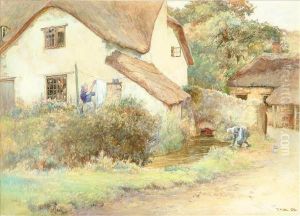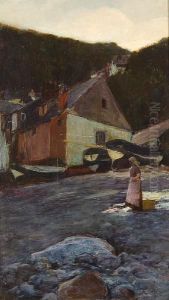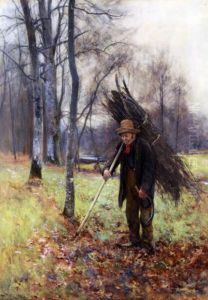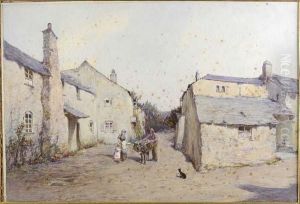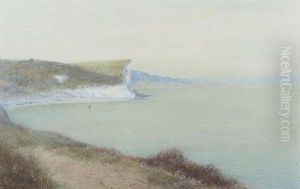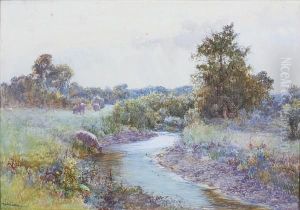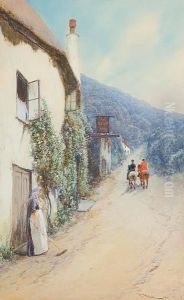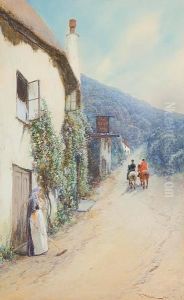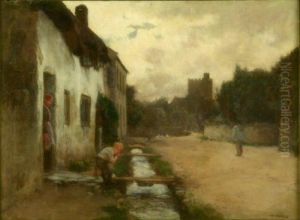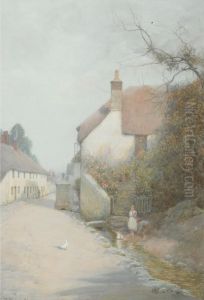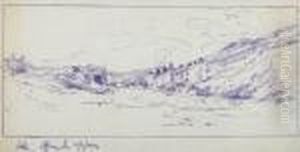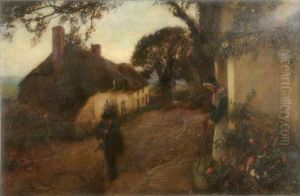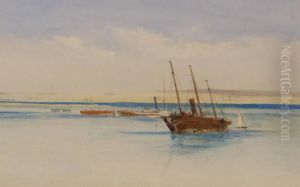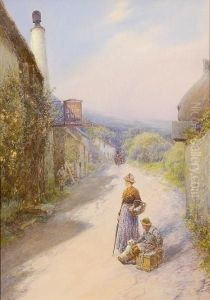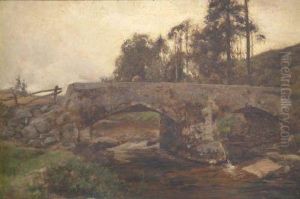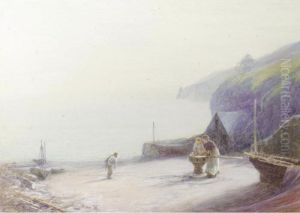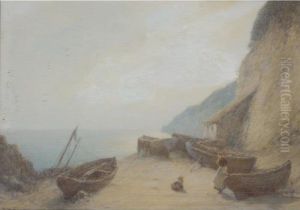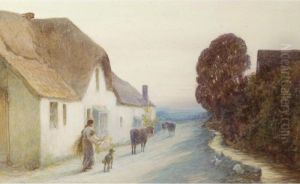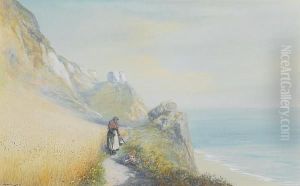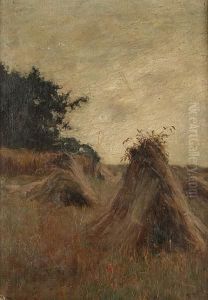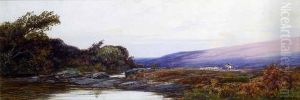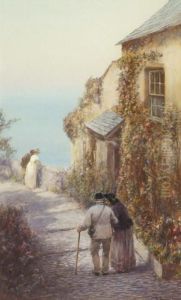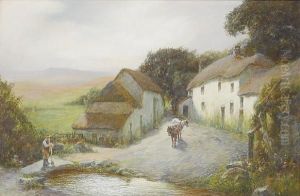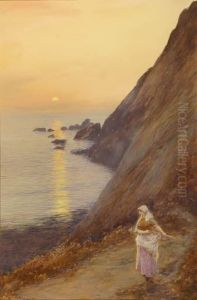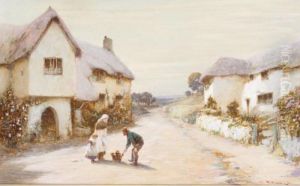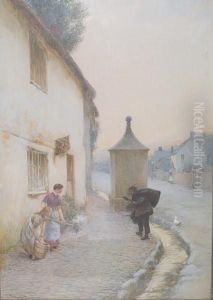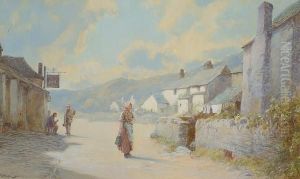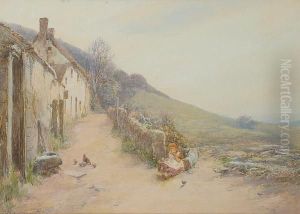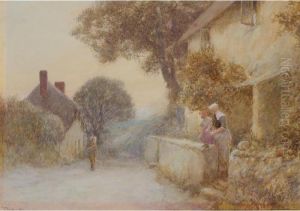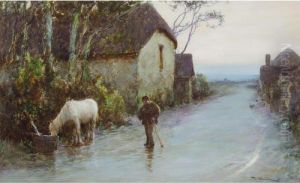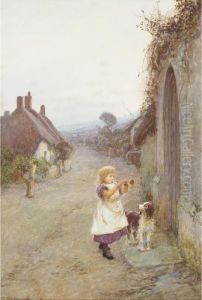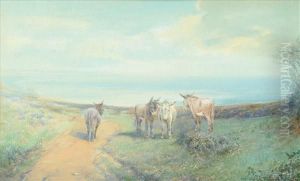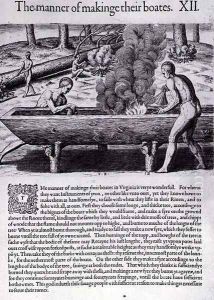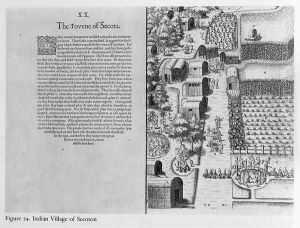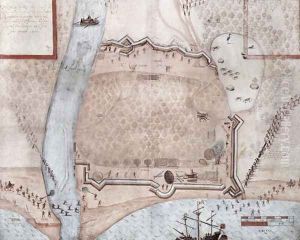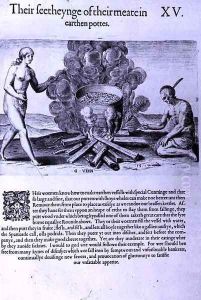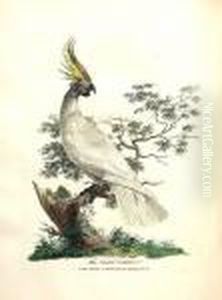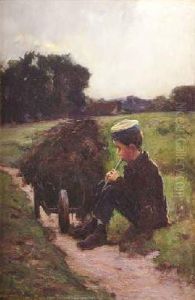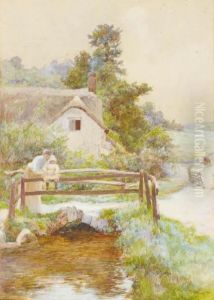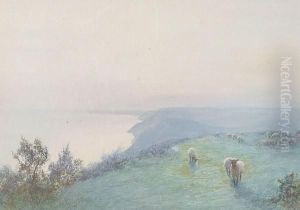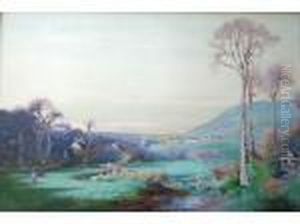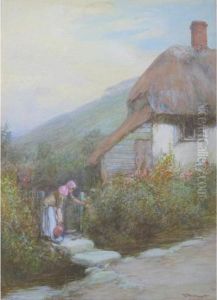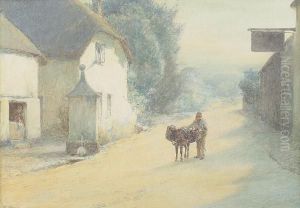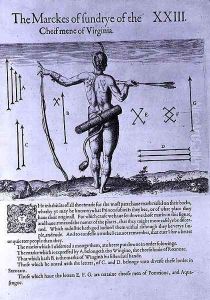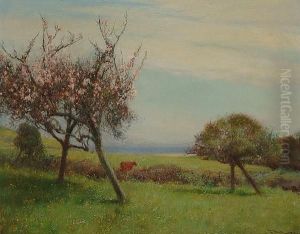John White Paintings
John White was an English artist, cartographer, and early pioneer of English efforts to settle North America. His exact birth date is unknown, but he was born around 1540. White is best known for his work as the governor of the second attempt at settling the Roanoke Colony on Roanoke Island in present-day North Carolina, which became known as the 'Lost Colony' due to the mysterious disappearance of its inhabitants.
White's career as an artist flourished when he was appointed as the mapmaker and artist for Sir Walter Raleigh's first expedition to the New World in 1585. During this voyage, he produced a series of detailed watercolor sketches of the landscape, the native Algonquin people, and their way of life. These sketches are invaluable records of the early contacts between Europeans and Native Americans and are among the earliest visual records of North America.
In 1587, John White returned to Roanoke as the governor of the new colony. He faced many challenges including tensions with local Native American tribes and the difficult living conditions on the island. Shortly after the establishment of the colony, White returned to England to seek fresh supplies, but his return to Roanoke was delayed due to the war with Spain and the commandeering of ships by the British crown.
When White finally returned to Roanoke Island in 1590, he found the colony deserted with no sign of the settlers, including his own granddaughter, Virginia Dare, the first English child born in the New World. The only clue was the word 'CROATOAN' carved into a tree, which referred to a nearby island and possibly an Indigenous tribe, but searches yielded no signs of the colonists.
John White's later life remains somewhat of a mystery, and his death is estimated to have occurred around 1593. The fate of the 'Lost Colony' has been the subject of much speculation and research. Despite the tragic outcome of the Roanoke venture, White's contributions as an artist and mapmaker provided an important legacy for future generations. His artworks have become a critical source for understanding the early colonial era and the interactions between Europeans and Native Americans.
